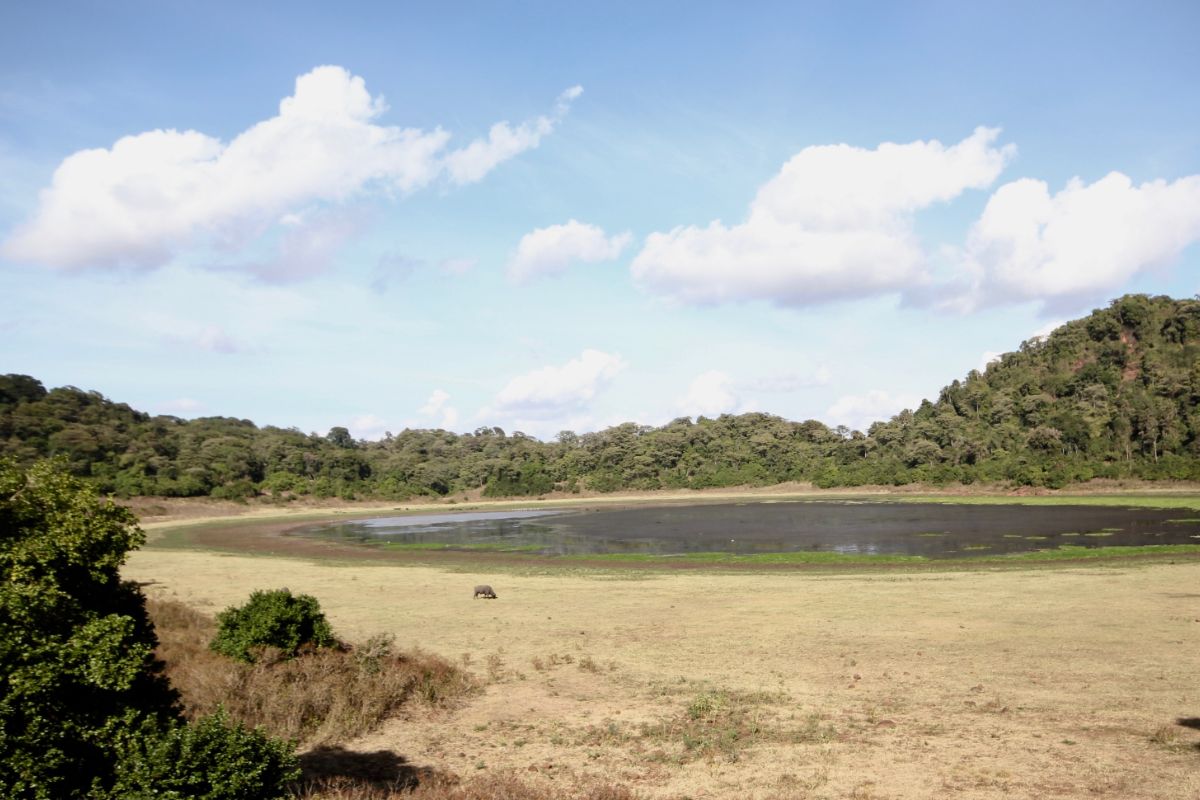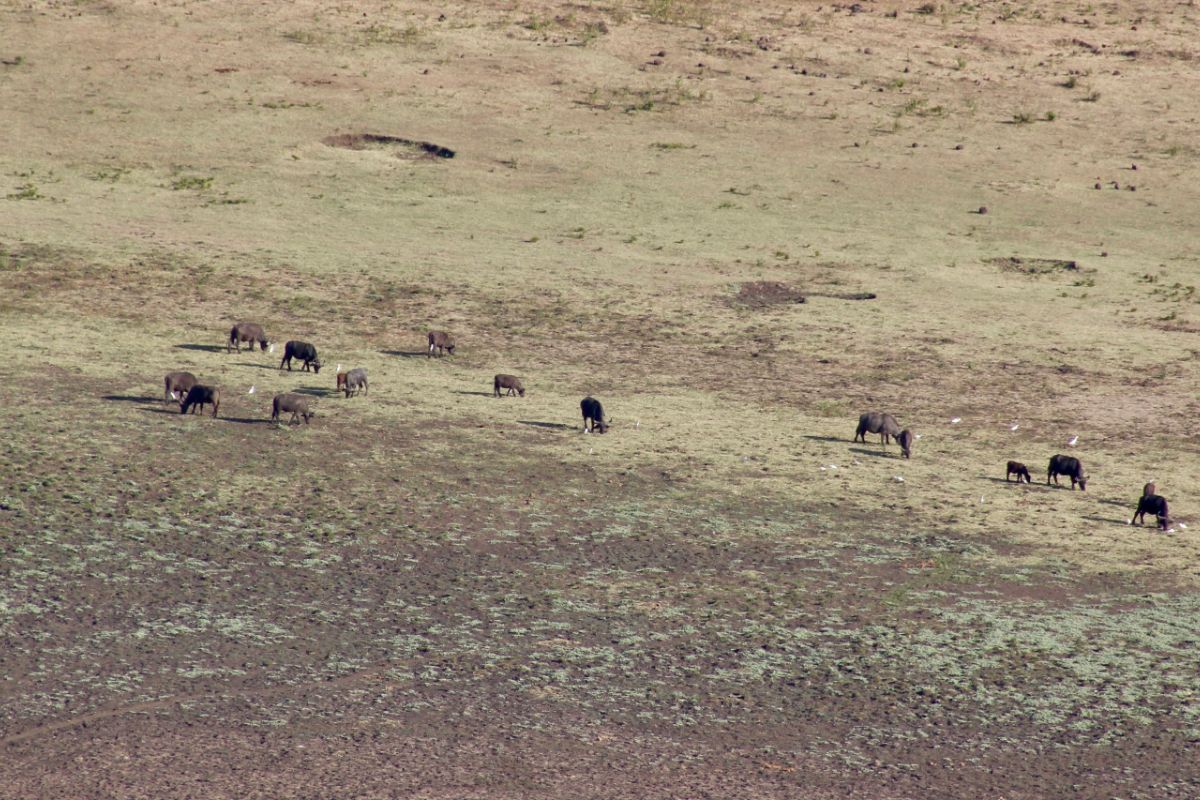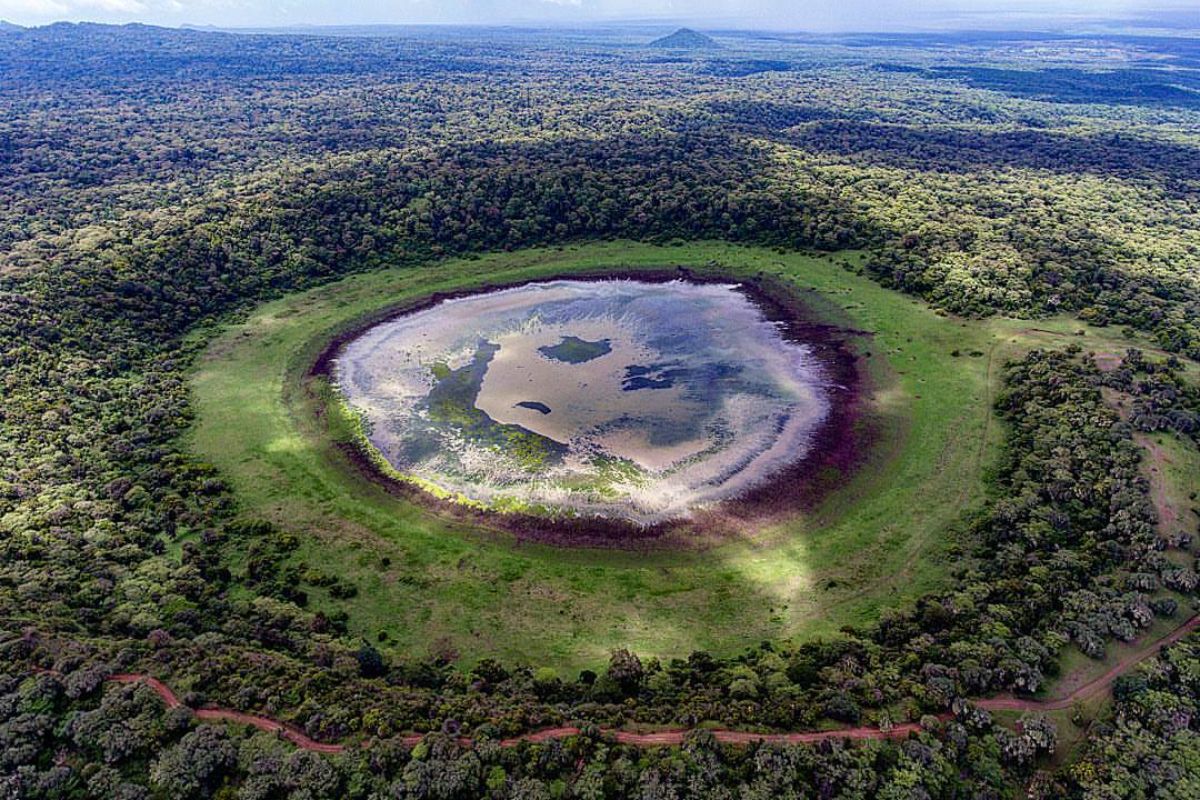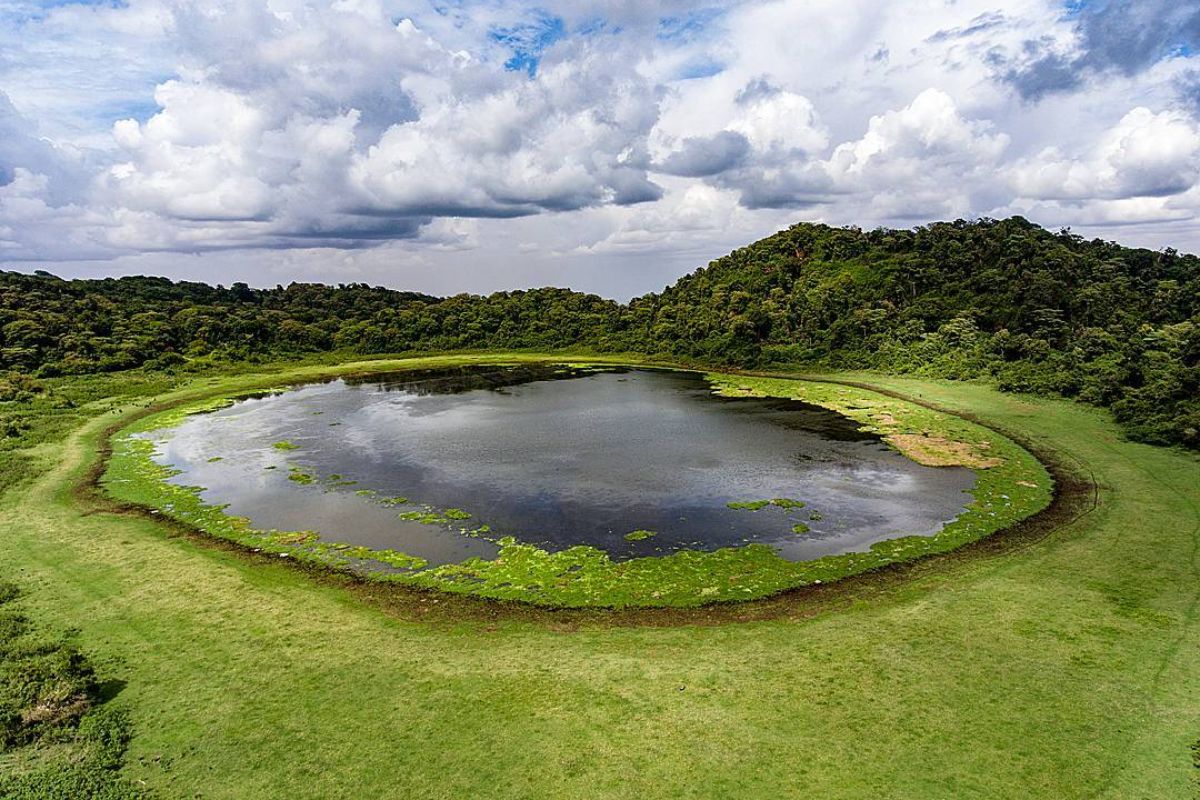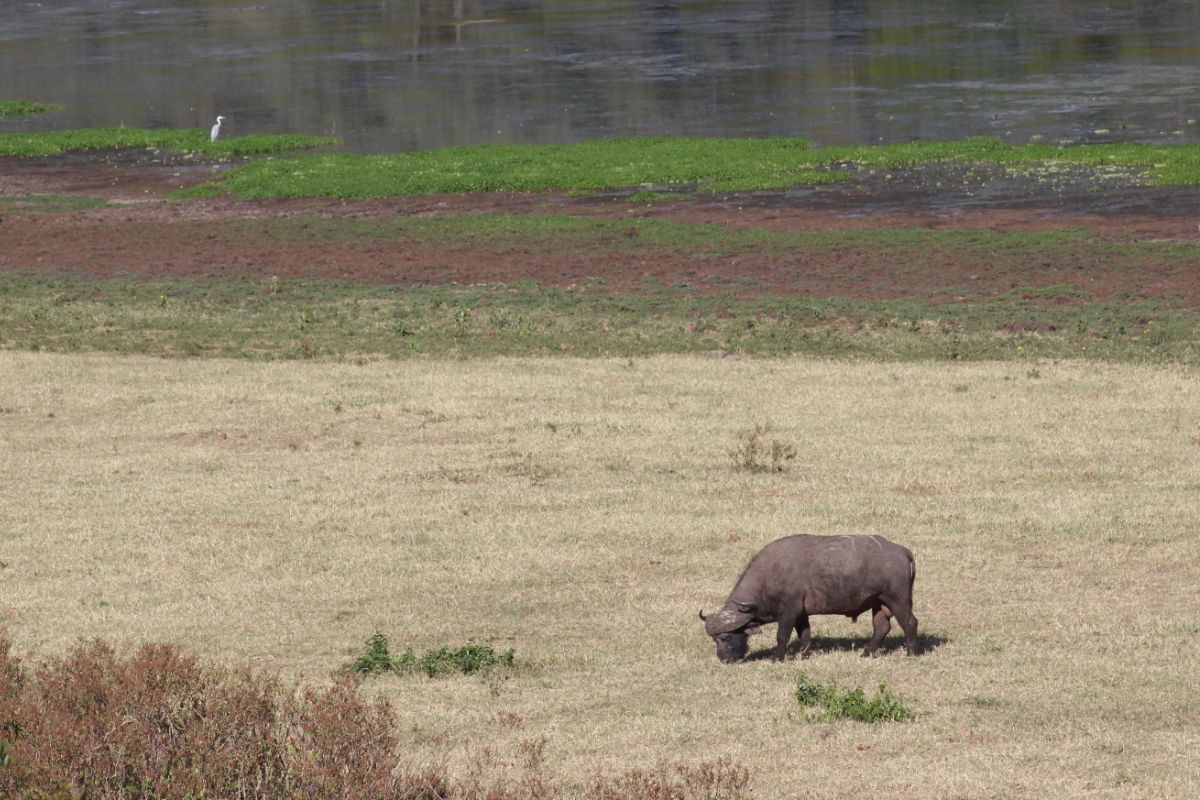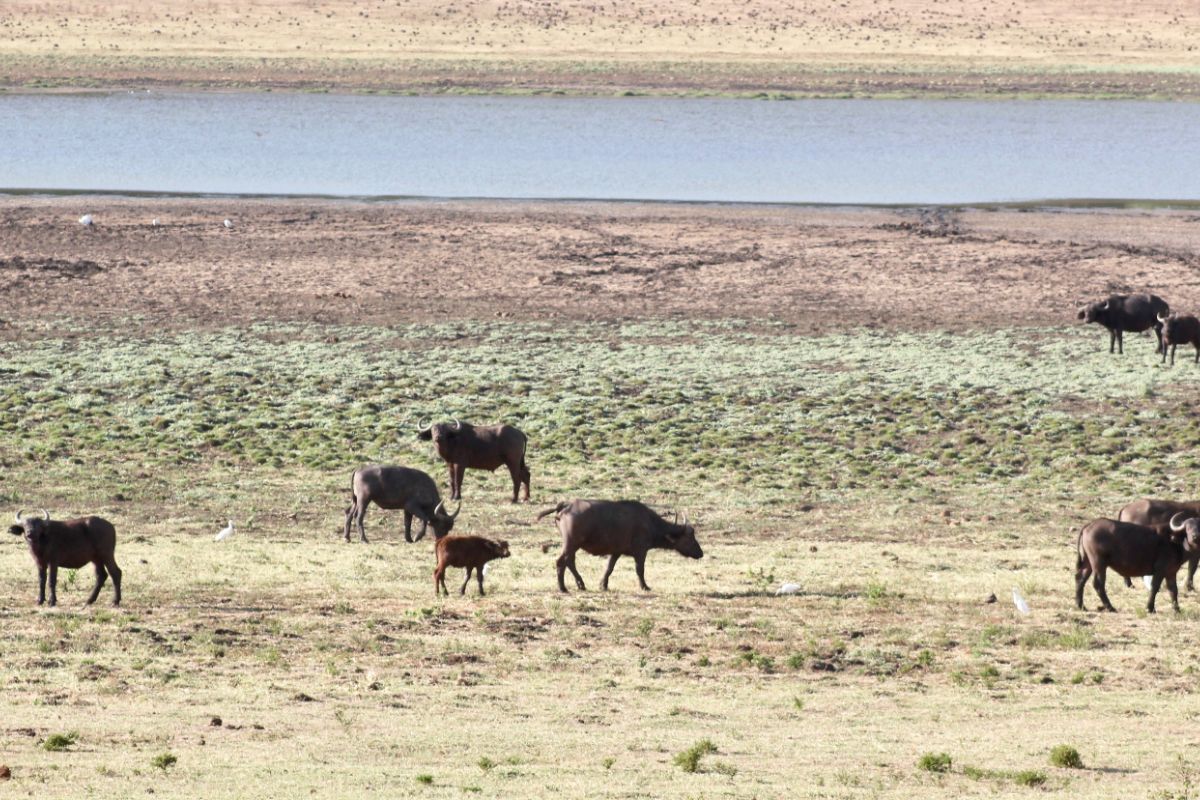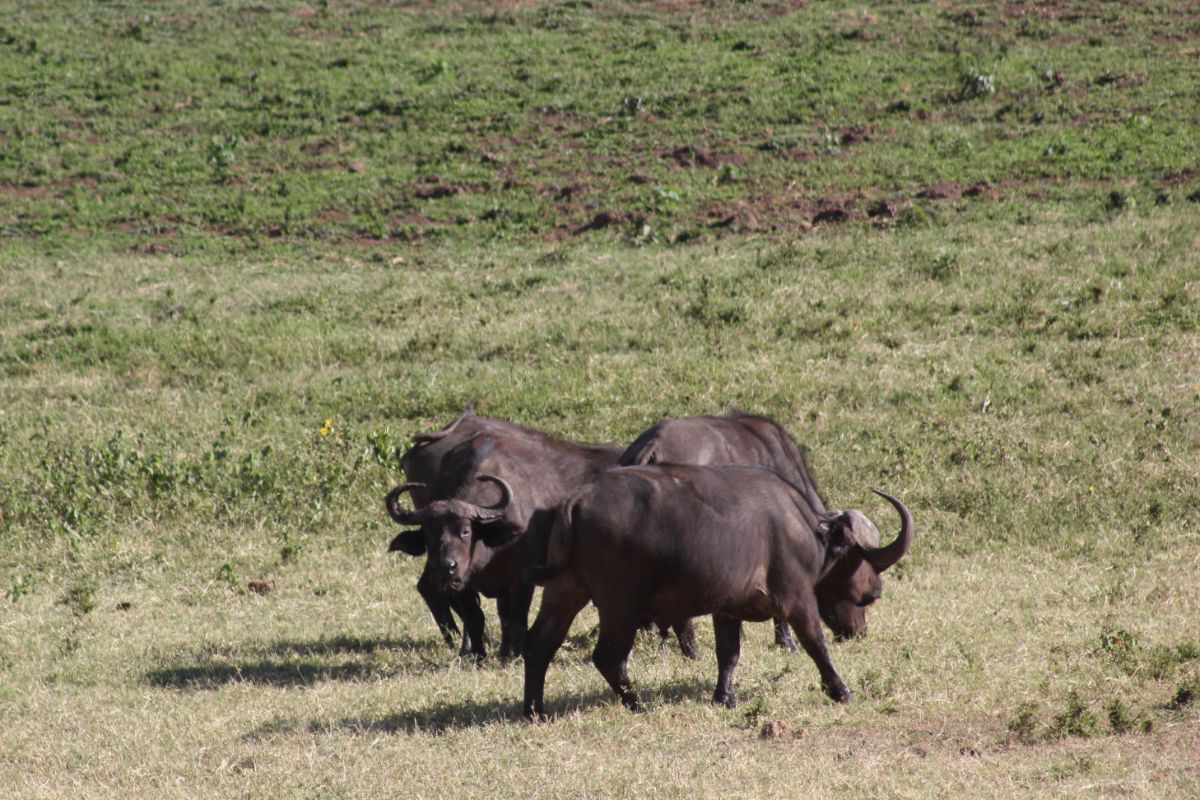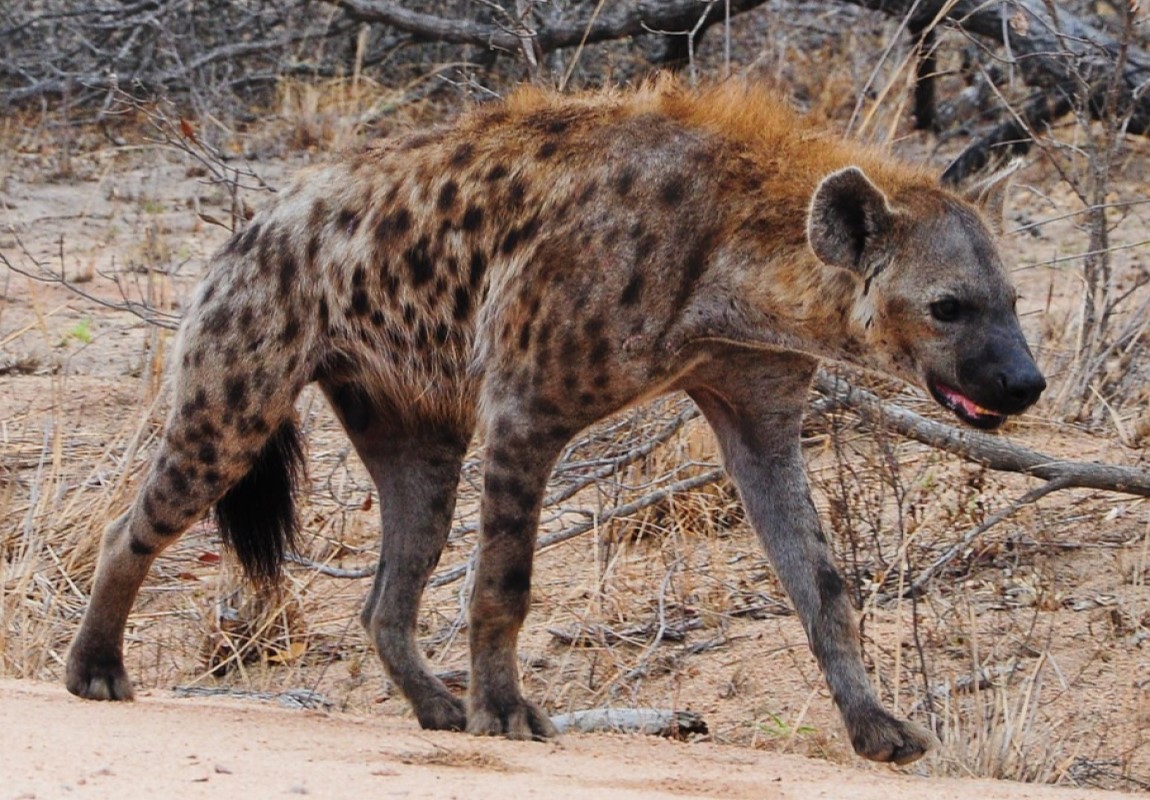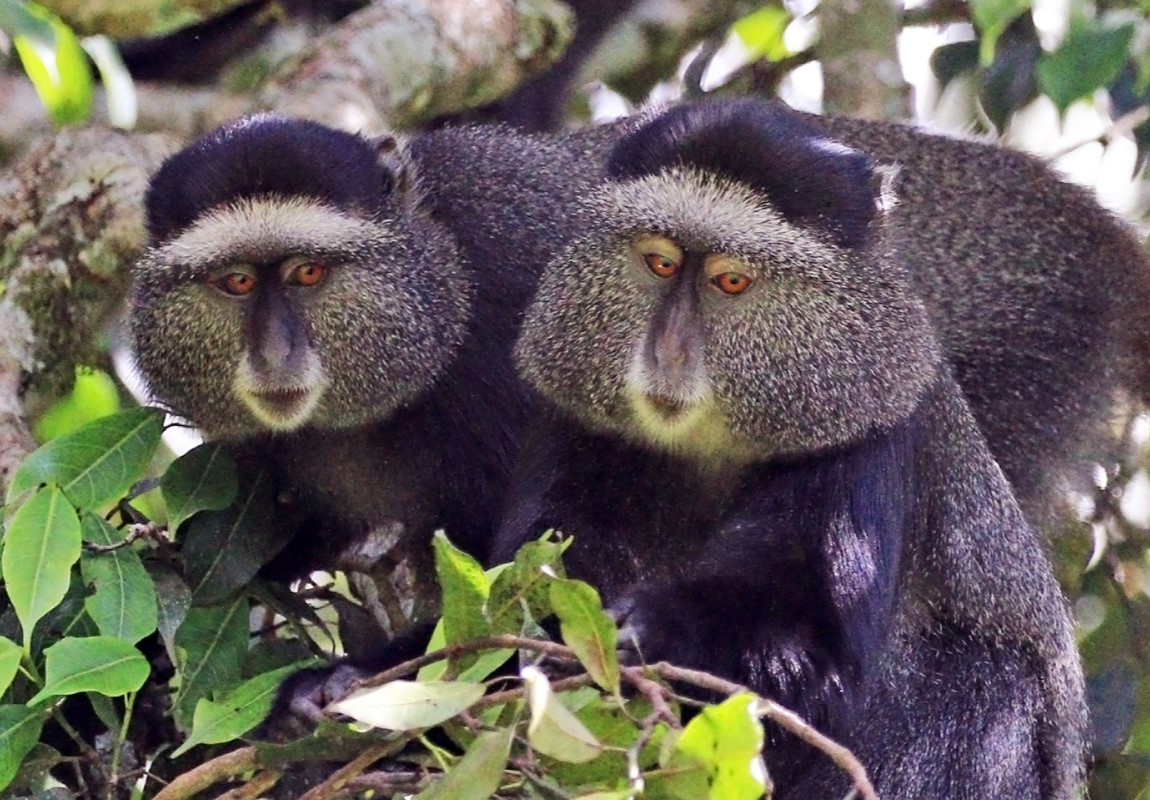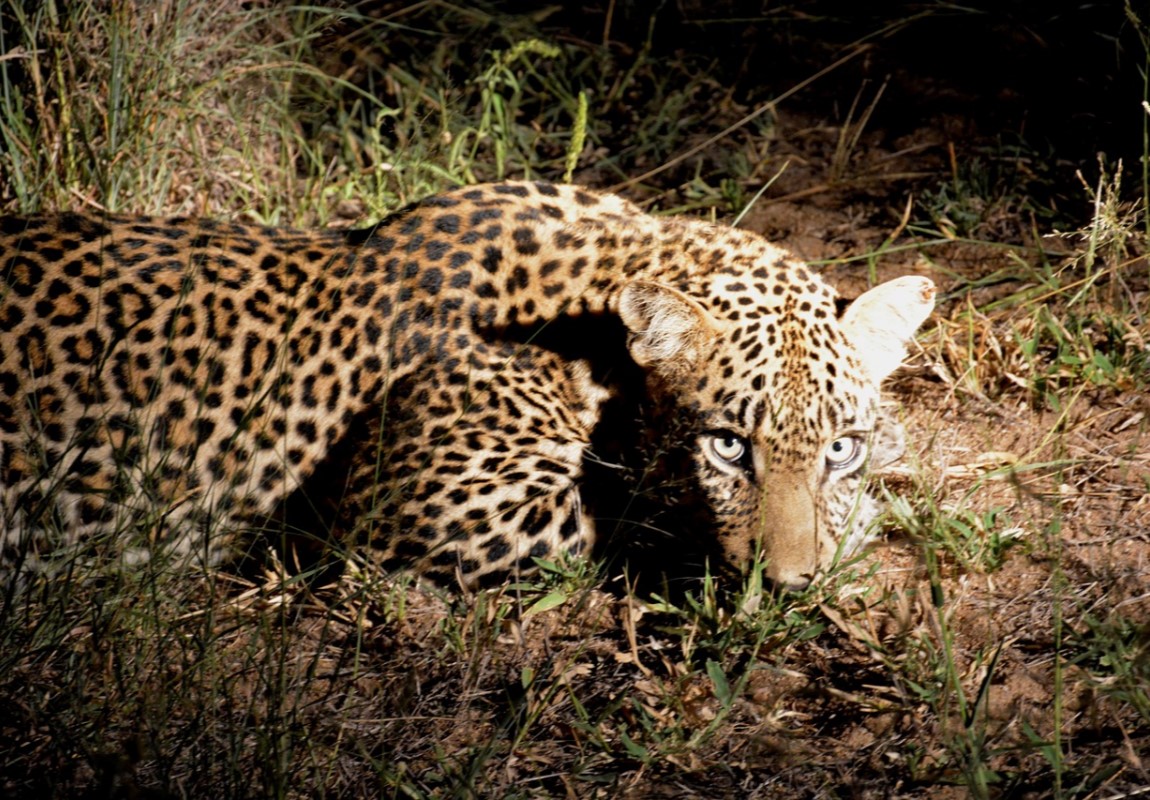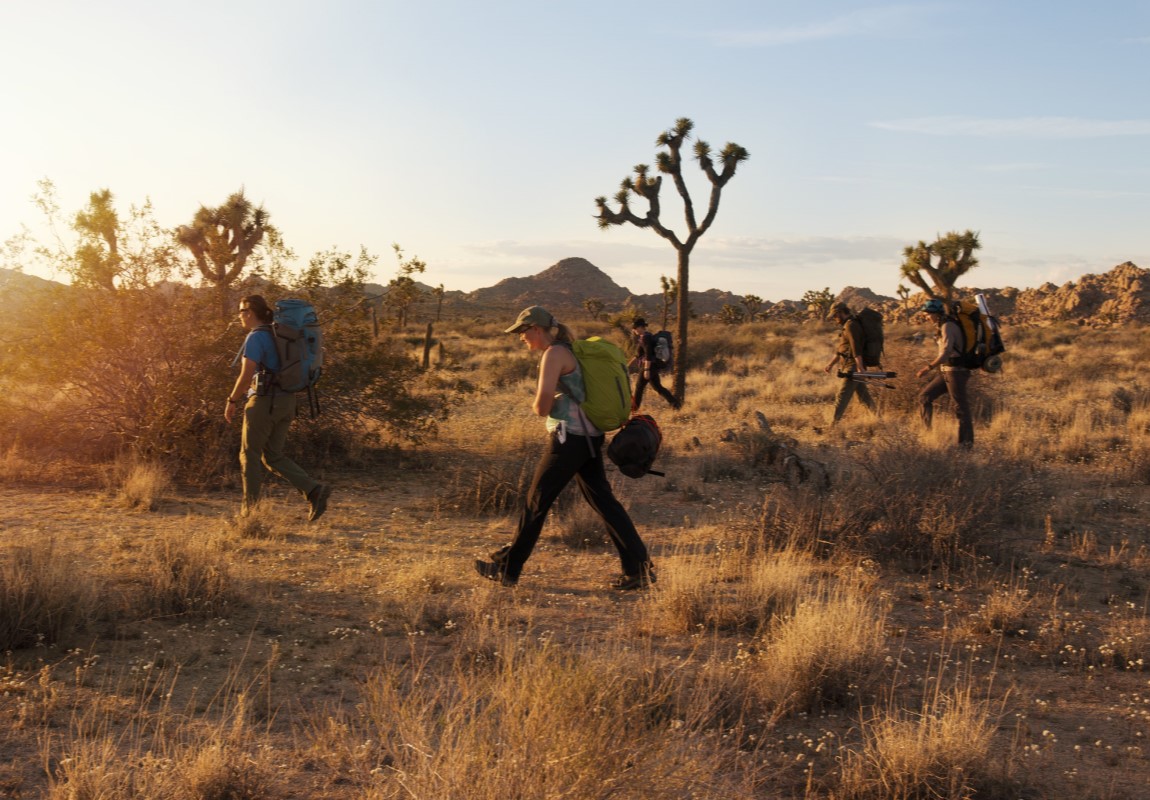Marsabit National Park 
Starting from
$550PP
Overview
Far toward the north of Kenya, a thickly forested mountain and three pit lakes give a safe house to an assortment of birdlife, mammals and reptiles. The excellent Marsabit National Park is an asylum for tremendous tusked bull elephants, various birdlife and reptiles. Hikes in the thick backwoods, wreathed in fog can be appreciated alongside camel rides, bird watching and visits to the singing wells.
Pros & Cons
- Very little visted park
- Amazing crater lakes in dense woodlands
- Beautiful birding experience
- Magical elephants can be spotted in front of the lodge
- Only one lodge is available in the park
- The park is still under development
- Single short game drive track
- Very hot and dry climate
Map in Kenya
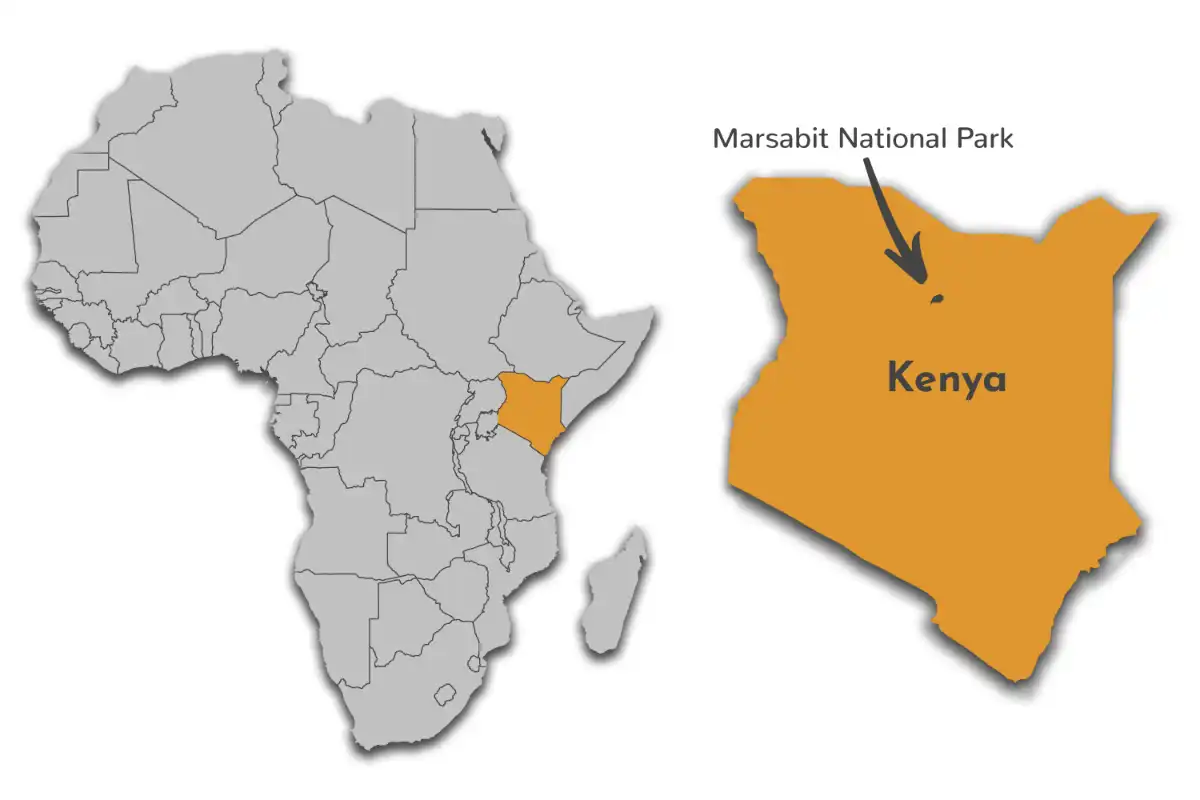
Want to Visit Marsabit National Park?
Gallery Images
Explore the stunning beauty of Marsabit National Park through our curated collection of photographs showcasing its landscapes, wildlife, and natural wonders.
Want to Visit Marsabit National Park?
Wildlife & Animals
The forest is home to a wide variety of wildlife such as Elephants, rhinos, lions, Buffalo and leopards. Other animals that can be spotted coming to drink at the lake are Buffalo, sunis and bushbuck. Black-and-white colobus and blue monkeys are often around as well. On the lower slopes of the forest of the park, marked by scrubland, there are populations of olive baboons, vervet monkeys, Peter's gazelles, beisa oryxes, striped hyenas, caracals and aardwolves.
Wildlife Highlights
The downside of Marsabit is that the forest is so thick that game viewing is very challenging. However, it can be very rewarding if you have patience. The Park is home to the greatest number of graceful Greater Kudu Antelope and the rare Grevy's Zebra and Reticulated Giraffe. Other forest antelopes to look out for are three species of duiker: the common, red and grey duiker. The park also shelters the rare Peters’ gazelle.
Best Time for Wildlife Viewing
Marsabit National Park can be visited all year round. However, the best time for wildlife viewing will be in the Dry season from June to September as animals are easier to observe as they congregate near freshwater sources, rainfall is minimal, foliage is less dense and mosquito levels are reduced. The heaviest rain is in April and May, so these months are less ideal.
Want to Visit Marsabit National Park?
Birds
The park contains some 350 species of birds in total, of which 52 are birds of prey. The park has many extinct volcanic craters known as Gofs. One of the largest of these is Gof Sokorte Guda which has Lake Paradise at the bottom of it. The lake is ringed with scenic forest and the birding is fantastic. It is also a refuge for the rare Lammergeyer Vulture and is known for the diversity of its butterfly species.
Best Time for Birding
Any season will be remunerating for birders visiting Marsabit National Park. Nonetheless, if conceivable, November and April ought to be stayed away from as the rains in these months might meddle with your arrangements. For the most part, a ton of the park's more unusual specials are inhabitants, so they can be spotted at any time. November to April sees the appearance of migrant species.
Want to Visit Marsabit National Park?
Best Time to Visit – Marsabit National Park
Marsabit National Park can be visited all year round. However, the best time for wildlife viewing will be in the Dry season from June to September as animals are easier to observe as they congregate near freshwater sources, rainfall is minimal, foliage is less dense and mosquito levels are reduced. The heaviest rain is in April and May, so these months are less ideal.
May to October (Dry Season)
- Less vegetation and animals concentrate around water, making them easier to spot
- The skies are clear, rain is rare, and there are fewer mosquitoes
- Even though most tourists visit during the Dry season, the parks still feel uncrowded, except for the bustling Chobe riverfront area
- Early morning and evening drives are cold in June, July and August
November to April (Wet Season)
- The scenery is greener, and there are lower rates during this season
- Although wildlife is easier to spot in the Dry season, you'll still see plenty
- There are many newborn animals and migratory birds
- Except for January and February, rains seldom interfere with your trip
- During January and February, the rains can be continuous for days
- It gets very hot in October and November
- Some lodges and camps close down during part of the Wet season
Want to Visit Marsabit National Park?
Activities
Explore popular activities available in and around Marsabit National Park.
Want to Visit Marsabit National Park?
No FAQs available for this park yet.

 English
English French
French
